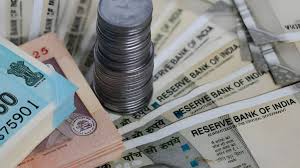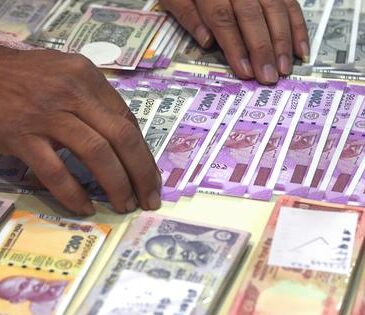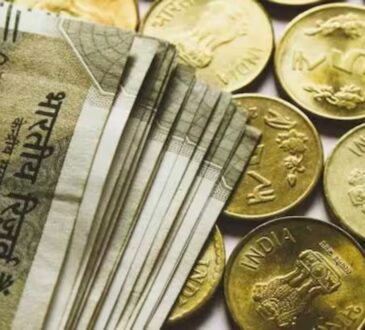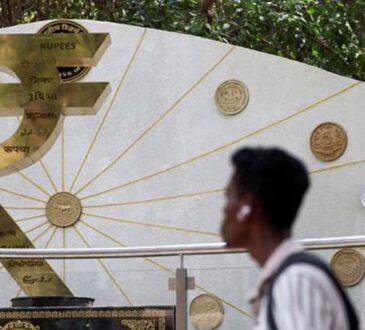 New Delhi, Apr 21: India’s foreign exchange reserves (Forex) rose USD USD 1.567 billion to USD 677.835 billion in the week that ended on April 4, extending gains for the sixth straight week, showed the official data released by Reserve Bank of India (RBI). According to the data released by RBI, for the week ended April 11, the foreign currency assets rose by USD 892 million to USD 574.98 billion. The foreign currency assets are the major constituesnts of forex reserves.
New Delhi, Apr 21: India’s foreign exchange reserves (Forex) rose USD USD 1.567 billion to USD 677.835 billion in the week that ended on April 4, extending gains for the sixth straight week, showed the official data released by Reserve Bank of India (RBI). According to the data released by RBI, for the week ended April 11, the foreign currency assets rose by USD 892 million to USD 574.98 billion. The foreign currency assets are the major constituesnts of forex reserves.The gold reserve also saw an uptick as it surged by USD 638 million to USD 79.997 billion during the week, suggests the RBI data.
However, the Special Drawing Rights (SDRs) saw a decrease by USD 6 million at USD 18.356 billion, the data shows.
According to the RBI estimates India’s foreign exchange reserves are sufficient to cover approximately 10-11 months of projected imports.
India’s foreign exchange (forex) market has seen strong growth in recent years, with average daily turnover nearly doubling from USD 32 billion in 2020 to USD 60 billion in 2024.
In 2023, India added around USD 58 billion to its foreign exchange reserves, contrasting with a cumulative decline of USD 71 billion in 2022. In 2024, the reserves rose by a little over USD 20 billion. Foreign exchange reserves, or FX reserves, are assets held by a nation’s central bank or monetary authority, primarily in reserve currencies such as the US Dollar, with smaller portions in the Euro, Japanese Yen, and Pound Sterling.
The RBI often intervenes by managing liquidity, including selling dollars, to prevent steep Rupee depreciation. The RBI strategically buys dollars when the Rupee is strong and sells when it weakens.




